What is Cybersecurity?
Cybersecurity refers to the practice of protecting computer systems, networks, and data from unauthorized access, theft, damage, or disruption. As digital technology has become an essential part of both personal and business activities, the need to safeguard sensitive information has grown. Cybersecurity aims to prevent cyber threats such as hacking, malware, ransomware, phishing, and other malicious attacks that can compromise critical data.

Types of Cybersecurity
Cybersecurity is a broad field with several specialized branches, each focusing on different aspects of safeguarding digital infrastructure and sensitive data from cyber threats. Understanding the various types of cybersecurity can help organizations and individuals take a more comprehensive approach to digital security.
1. Network Security
Network security involves protecting a computer network from intrusions, including targeted attacks from hackers or malware. It includes various defensive measures, such as firewalls, intrusion detection systems (IDS), and virtual private networks (VPNs), to safeguard both the network and data transmissions.
Key Techniques:
Firewalls and encryption
Intrusion detection/prevention systems (IDS/IPS)
Secure communication protocols (e.g., HTTPS, SSL)
2. Application Security
Application security focuses on keeping software and devices free from vulnerabilities. This type of security includes implementing secure coding practices, regular patching, and security testing during the development and maintenance of applications. Web and mobile apps are common targets for cyberattacks, so ensuring their security is critical.
Key Techniques:
Penetration testing
Secure software development (DevSecOps)
Regular security updates and patches
3. Information Security
Also known as data security, this branch protects sensitive data from unauthorized access, use, disclosure, disruption, modification, or destruction. Encryption, access control, and data classification are common methods employed to protect critical information.
Key Techniques:
Data encryption
Access control policies
Data loss prevention (DLP) systems
4. Cloud Security
As organizations increasingly move their operations to the cloud, cloud security has become essential. It involves securing cloud-based systems, applications, and data. Cloud service providers typically offer built-in security tools, but organizations must also adopt their own security practices to protect data stored in the cloud.
Key Techniques:
Identity and access management (IAM)
Secure cloud storage
Encryption and multi-factor authentication (MFA)
5. Endpoint Security
Endpoint security refers to securing individual devices such as computers, smartphones, and other endpoints that connect to a network. With the rise of remote work and bring-your-own-device (BYOD) policies, endpoint security is essential in preventing breaches through personal or mobile devices.
Key Techniques:
Antivirus software
Endpoint detection and response (EDR)
Mobile device management (MDM)
6. Operational Security (OpSec)
Operational security focuses on managing and protecting sensitive data during everyday operations. It encompasses the processes and decisions that ensure an organization’s data remains secure, such as classifying information, restricting access to certain data, and implementing controls for data leakage.
Key Techniques:
Data masking
Secure communication channels
Risk management frameworks
7. Identity and Access Management (IAM)
IAM involves managing digital identities and controlling who has access to what resources within an organization. This includes user authentication, ensuring that only authorized personnel can access specific data or systems, and managing roles and permissions.
Key Techniques:
Single sign-on (SSO)
Multi-factor authentication (MFA)
Role-based access control (RBAC)
8. Disaster Recovery and Business Continuity Planning
This type of cybersecurity focuses on ensuring that organizations can recover from cyberattacks or any form of disruption. It includes developing strategies for data backup, system recovery, and maintaining operations in the face of a security incident.
Key Techniques:
Backup and recovery solutions
Incident response planning
Redundant systems and failover protocols
9. Critical Infrastructure Security
Critical infrastructure security involves protecting essential systems such as power grids, water supplies, and transportation systems. Attacks on critical infrastructure can have far-reaching consequences for national security and public safety, making this a high-priority area.
Key Techniques:
Industrial control systems (ICS) security
Supervisory control and data acquisition (SCADA) security
Network segmentation and monitoring
10. Internet of Things (IoT) Security
As IoT devices, from smart thermostats to connected medical devices, become more widespread, securing these devices and their networks is crucial. IoT security focuses on protecting connected devices and the data they exchange.
Key Techniques:
Device authentication
Secure firmware updates
Network traffic encryption
Threats to Cybersecurity
Cybersecurity threats are becoming increasingly sophisticated as technology evolves. These threats can target individuals, businesses, governments, and even critical infrastructure, leading to severe financial, operational, and reputational damage. Understanding the types of cybersecurity threats is the first step in building strong defenses against them.
1. Malware
Malware, or malicious software, is designed to infiltrate, damage, or disable computers, networks, or devices. It encompasses a variety of threats, such as viruses, worms, trojans, and spyware. Malware can spread through infected emails, malicious downloads, or compromised websites.
Common Types of Malware:
Viruses: Attach themselves to legitimate programs and replicate to spread across systems.
Trojans: Disguise as harmless software while performing malicious actions.
Ransomware: Encrypts a user’s data and demands payment for its release.
2. Phishing
Phishing attacks use deceptive emails, messages, or websites to trick users into revealing sensitive information, such as usernames, passwords, or credit card details. Cybercriminals often disguise themselves as trusted entities (e.g., banks or employers) to gain trust and lure victims into disclosing confidential information.
Forms of Phishing:
Spear Phishing: Targeted attacks aimed at specific individuals or organizations.
Whaling: A form of phishing that targets high-profile individuals such as executives.
Clone Phishing: Duplicates legitimate messages with malicious content.
3. Ransomware
Ransomware is a type of malware that encrypts a victim's data, rendering it inaccessible. The attacker demands a ransom, often in cryptocurrency, for the decryption key. Ransomware attacks can cripple businesses, healthcare organizations, and government services by denying access to critical data.
Key Characteristics:
Data is held hostage until payment is made.
Attackers often threaten to publish stolen data if demands are not met.
4. Denial of Service (DoS) Attacks
A Denial of Service (DoS) attack overwhelms a network or website by flooding it with excessive traffic, rendering it unavailable to legitimate users. When multiple compromised devices are used to launch this attack, it’s called a Distributed Denial of Service (DDoS) attack. These attacks can disrupt services, leading to financial and operational losses.
Common Targets:
E-commerce websites
Financial institutions
Online services and applications
5. Man-in-the-Middle (MitM) Attacks
In a Man-in-the-Middle attack, cybercriminals intercept communications between two parties to steal or alter information being exchanged. These attacks are common on unsecured public Wi-Fi networks, where attackers can eavesdrop on user activity and capture sensitive data like login credentials or payment information.
Types of MitM Attacks:
Session Hijacking: Attacker takes over a user’s active session with a website or service.
Eavesdropping: Monitoring and capturing real-time communication between parties.
6. Insider Threats
Insider threats involve current or former employees, contractors, or other trusted individuals who intentionally or unintentionally compromise the security of an organization. Insiders have authorized access to sensitive data, making it easier for them to misuse it for personal gain or by accident.
Types of Insider Threats:
Malicious Insiders: Individuals intentionally misuse their access to cause harm.
Negligent Insiders: Unintentionally expose systems to risk through carelessness, such as falling for phishing scams.
7. Advanced Persistent Threats (APTs)
APTs are prolonged and targeted cyberattacks where an intruder gains unauthorized access to a network and remains undetected for an extended period. These attacks are often used for espionage, data theft, or to compromise an organization’s infrastructure, particularly in industries like government, healthcare, and finance.
Characteristics of APTs:
Long-term, stealthy operations
Highly targeted, often against specific organizations or industries
Involves significant planning and execution by skilled attackers
8. SQL Injection
SQL Injection occurs when attackers exploit vulnerabilities in a web application's database query execution. By injecting malicious code into SQL queries, attackers can gain access to or manipulate sensitive data stored in databases. These attacks commonly target websites and applications that rely on databases for their functionality.
Consequences of SQL Injection:
Unauthorized access to user data
Deletion or modification of critical records
Full control over the compromised database
9. Zero-Day Exploits
A zero-day exploit takes advantage of previously unknown vulnerabilities in software or hardware. Since developers are unaware of these flaws, no patches exist, making it extremely difficult to defend against such attacks until the vulnerability is discovered and fixed.
Key Facts about Zero-Day Exploits:
Exploits unpatched vulnerabilities.
Can lead to data breaches, system damage, or network compromise.
10. Cryptojacking
Cryptojacking involves using someone else's computing resources to mine cryptocurrencies without their consent. Attackers often use malware or browser-based scripts to exploit devices, leading to slower performance, increased energy costs, and potential hardware damage.
Signs of Cryptojacking:
Unusually high CPU usage
Overheating devices
Slower system performance without any clear cause
Solutions to Potential Cybersecurity Threats -:
As cyber threats become more sophisticated and pervasive, implementing robust cybersecurity solutions is essential for protecting data, networks, and systems from potential attacks. A multi-layered approach that includes technology, best practices, and awareness can significantly reduce the risks posed by cybercriminals.
Here are the key solutions to address potential cybersecurity threats:
1. Use Firewalls and Intrusion Detection Systems (IDS)
Firewalls act as the first line of defense by monitoring and controlling incoming and outgoing network traffic based on security rules. Intrusion Detection Systems (IDS) identify suspicious activity and detect malicious traffic, helping to prevent unauthorized access.
Benefits:
Filters malicious traffic and blocks unauthorized access.
Identifies potential threats before they infiltrate the network.
2. Install and Update Antivirus and Anti-Malware Software
Antivirus and anti-malware software protect systems from various forms of malware, including viruses, spyware, ransomware, and trojans. Regular updates ensure that the software can defend against new and emerging threats.
Best Practices:
Schedule automatic updates for antivirus software.
Regularly scan devices for potential malware infections.
3. Implement Strong Password Policies
Weak passwords are one of the easiest vulnerabilities for cybercriminals to exploit. Implementing strong password policies that require complex and unique passwords for each account is essential. Additionally, encourage the use of password managers to securely store passwords.
Best Practices:
Use long, complex passwords with a mix of upper and lower case letters, numbers, and special characters.
Enable multi-factor authentication (MFA) for an extra layer of protection.
4. Enable Multi-Factor Authentication (MFA)
Multi-Factor Authentication (MFA) adds an additional layer of security by requiring users to verify their identity through two or more authentication methods. These may include a password and a temporary code sent via SMS, email, or generated by an authentication app.
Benefits:
Reduces the risk of unauthorized access, even if passwords are compromised.
Provides an additional barrier for cybercriminals to overcome.
5. Regular Software and System Updates
Cybercriminals often exploit vulnerabilities in outdated software and systems. Ensuring that all operating systems, software, and applications are up-to-date with the latest security patches is vital in preventing zero-day exploits and other attacks.
Best Practices:
Enable automatic updates for software and operating systems.
Regularly audit your system for outdated applications and vulnerabilities.
6. Data Encryption
Encrypting sensitive data both in transit and at rest is a crucial defense against unauthorized access. Encryption ensures that even if data is intercepted or stolen, it cannot be read or used without the decryption key.
Benefits:
Protects sensitive data such as personal information, financial details, and intellectual property.
Ensures compliance with data protection regulations like GDPR and HIPAA.
7. Backups and Disaster Recovery Plans
Regularly backing up critical data ensures that it can be recovered in the event of a cyberattack, such as ransomware. A comprehensive disaster recovery plan helps organizations restore operations and minimize downtime after a cybersecurity incident.
Best Practices:
Store backups in multiple, secure locations (both on-site and cloud-based).
Regularly test backup systems and update the disaster recovery plan to address evolving threats.
8. Network Segmentation
Network segmentation involves dividing a network into smaller, isolated segments to reduce the potential impact of an attack. This way, if one segment is compromised, the rest of the network remains secure.
Benefits:
Limits the spread of malware or ransomware within the network.
Enhances monitoring and management of specific segments based on security needs.
9. Employee Training and Awareness Programs
Human error is one of the leading causes of cybersecurity breaches. Providing ongoing training to employees on the latest cybersecurity threats—such as phishing, social engineering, and malware—can significantly reduce the risk of security incidents.
Best Practices:
Conduct regular phishing simulation exercises.
Train employees to recognize suspicious emails, links, and attachments.
10. Identity and Access Management (IAM)
IAM solutions help manage user identities and control access to critical systems and data. By limiting access based on roles and ensuring that only authorized personnel have access to sensitive information, IAM minimizes insider threats and unauthorized access.
Key Features:
Role-based access control (RBAC) to ensure users have appropriate permissions.
Automated identity verification and access request processes.
11. Secure Cloud Usage
As cloud adoption grows, securing cloud environments is crucial. Cloud providers offer built-in security tools, but organizations must ensure proper configuration and use of these tools. Encrypting cloud data, enforcing access controls, and monitoring cloud activity are essential steps to prevent cloud security breaches.
Best Practices:
Implement end-to-end encryption for cloud data.
Use cloud-native security tools and regular cloud environment audits.
12. Zero Trust Architecture
Zero Trust is a security model that assumes no user, device, or system can be trusted by default, even if they are inside the network perimeter. It requires continuous verification of identity, access controls, and strict segmentation.
Key Principles:
“Never trust, always verify” approach.
Continuous monitoring of all network traffic and user activity.
13. Security Monitoring and Incident Response
Having a robust monitoring system in place is critical to detect and respond to cyberattacks in real-time. Security Information and Event Management (SIEM) tools provide real-time analysis of security alerts and help organizations respond swiftly to incidents.
Best Practices:
Set up automated alerts for unusual network or system behavior.
Develop an incident response plan that includes communication protocols and recovery steps.

_(1).jpg)

_(1).jpg)
_(2).jpg)
.jpg)

_(1).jpg)

.jpg)
.jpg)
.jpg)
.jpg)
.jpg)


.jpg)
.jpg)
.jpg)


_(1).png)

.png)

1.png)


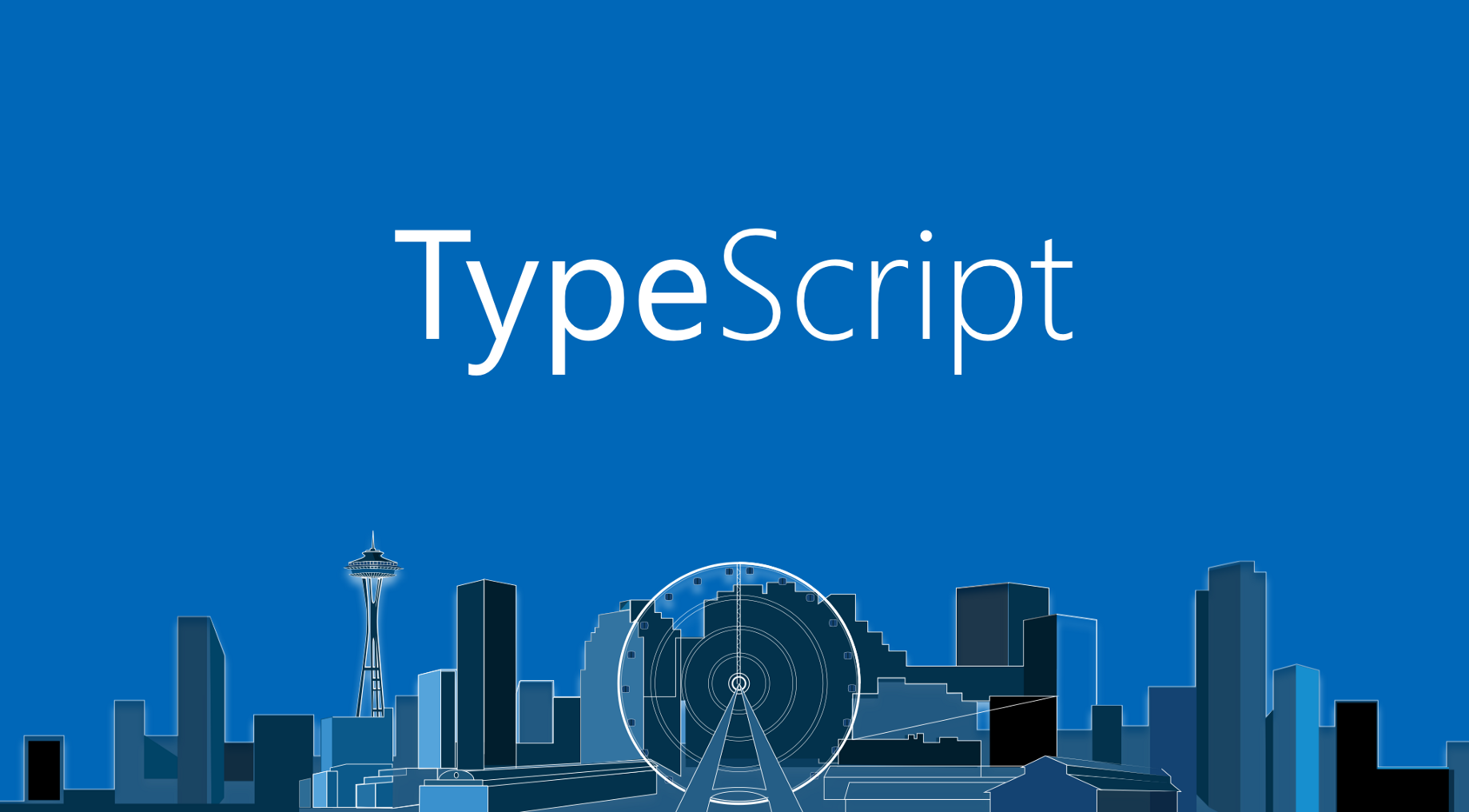




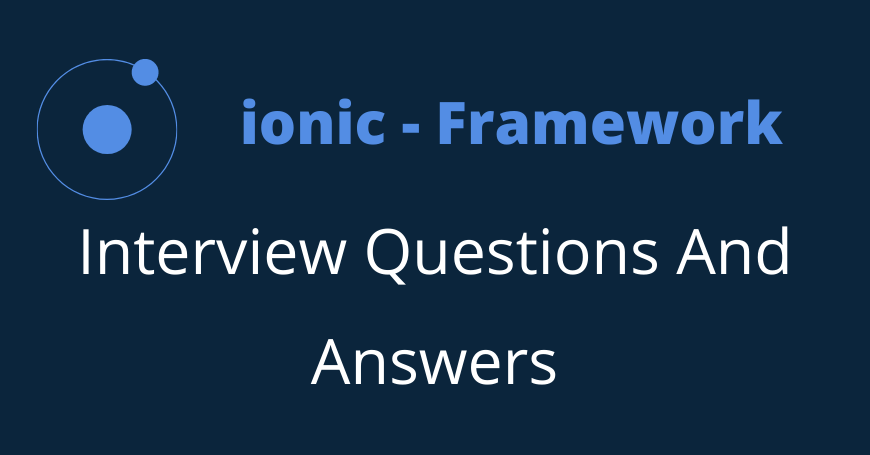


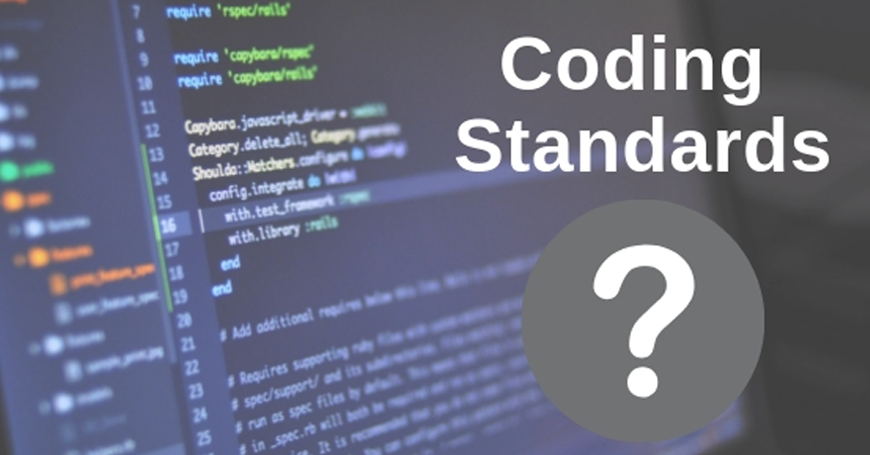
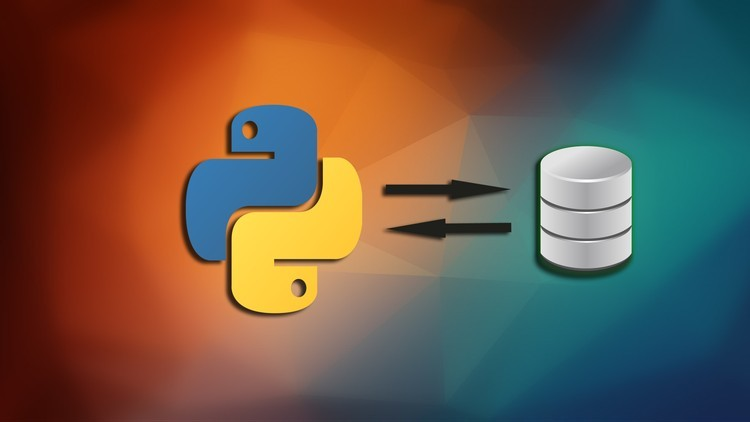
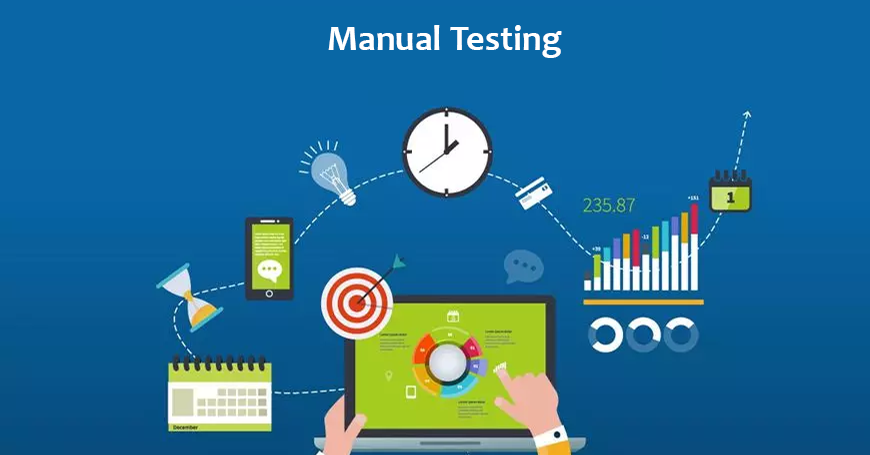


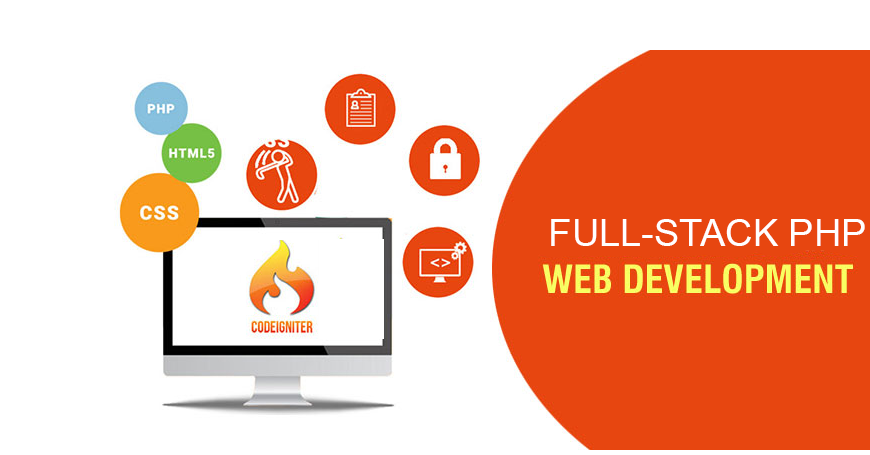
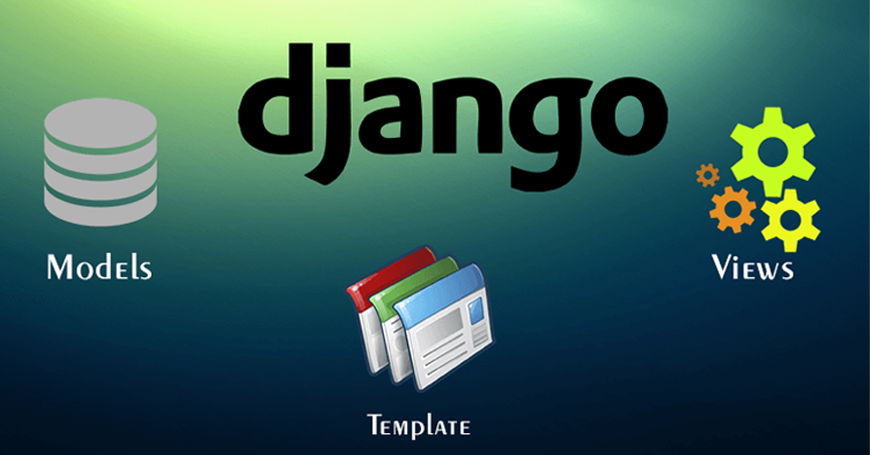




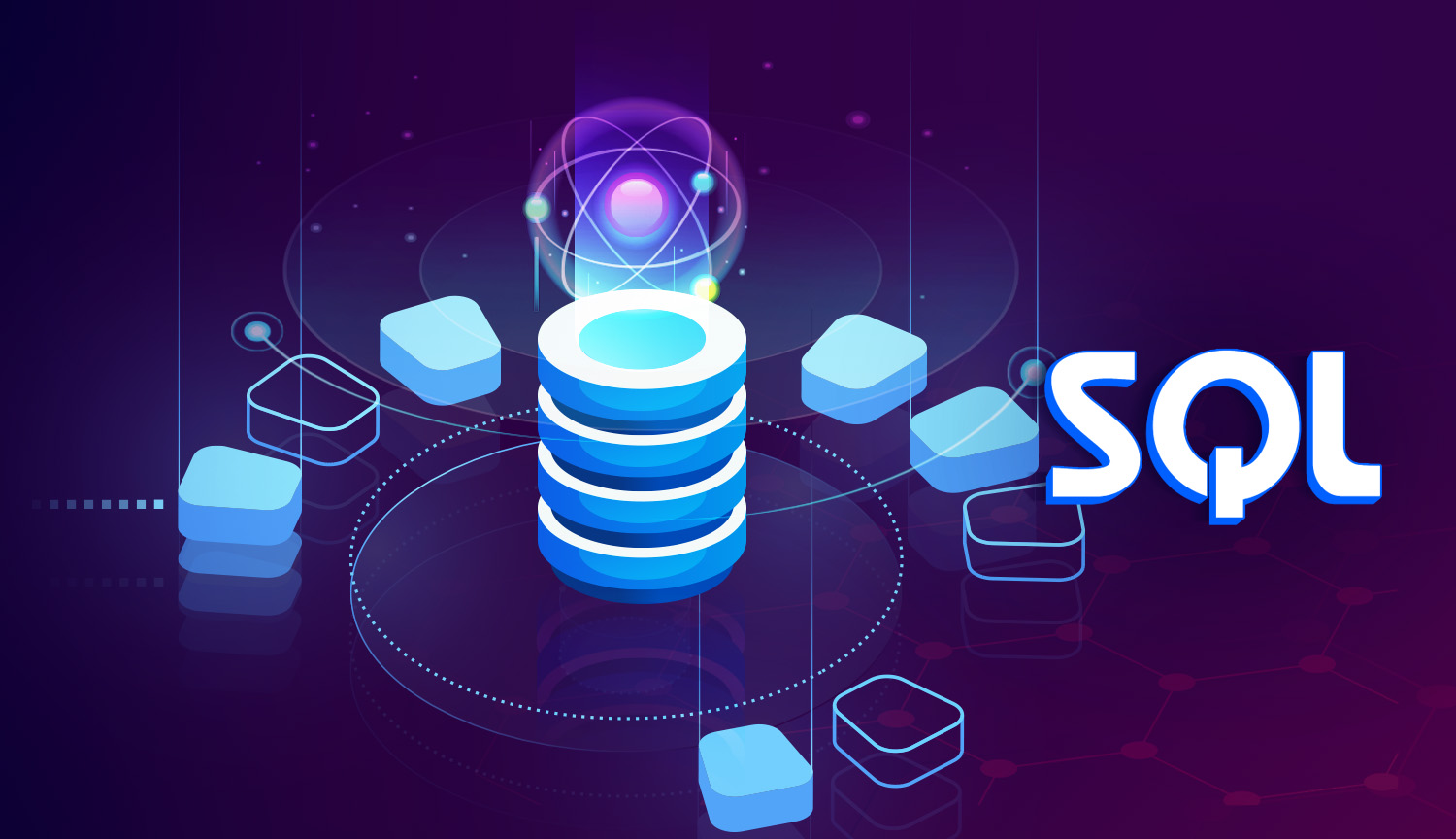
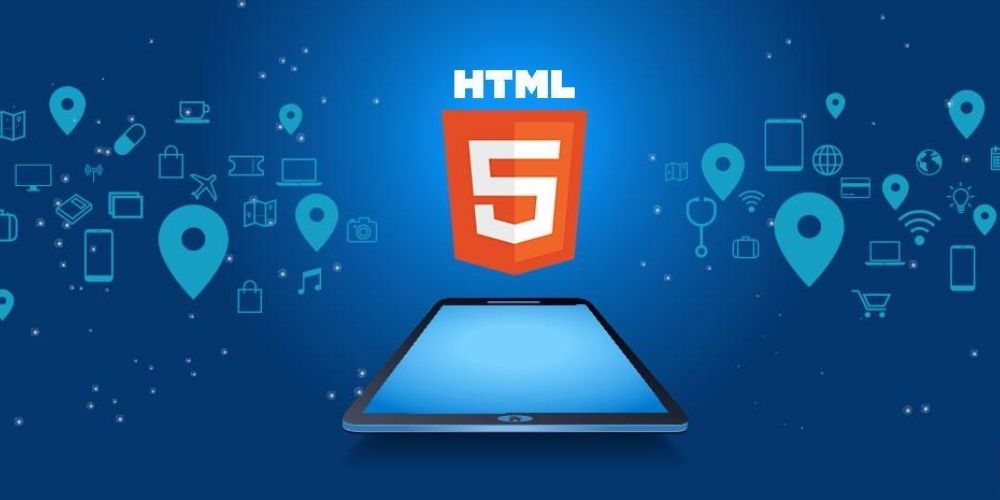

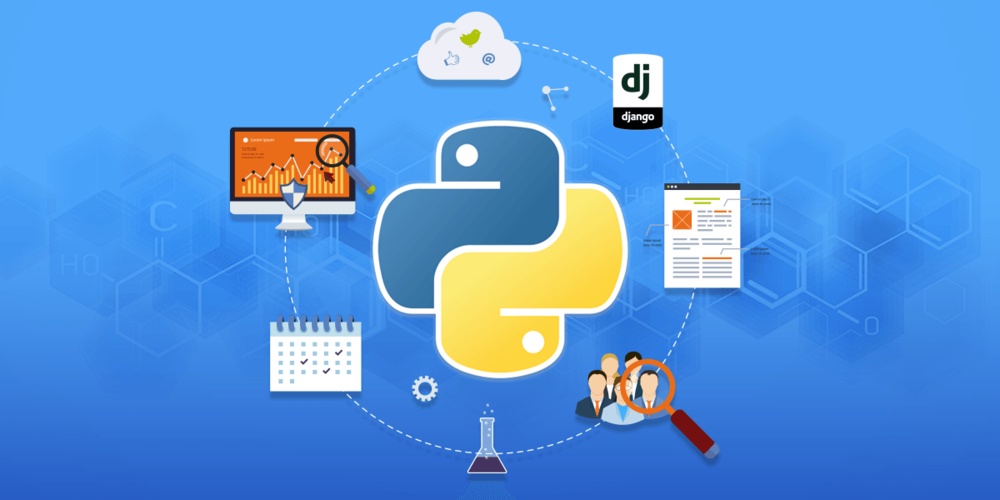

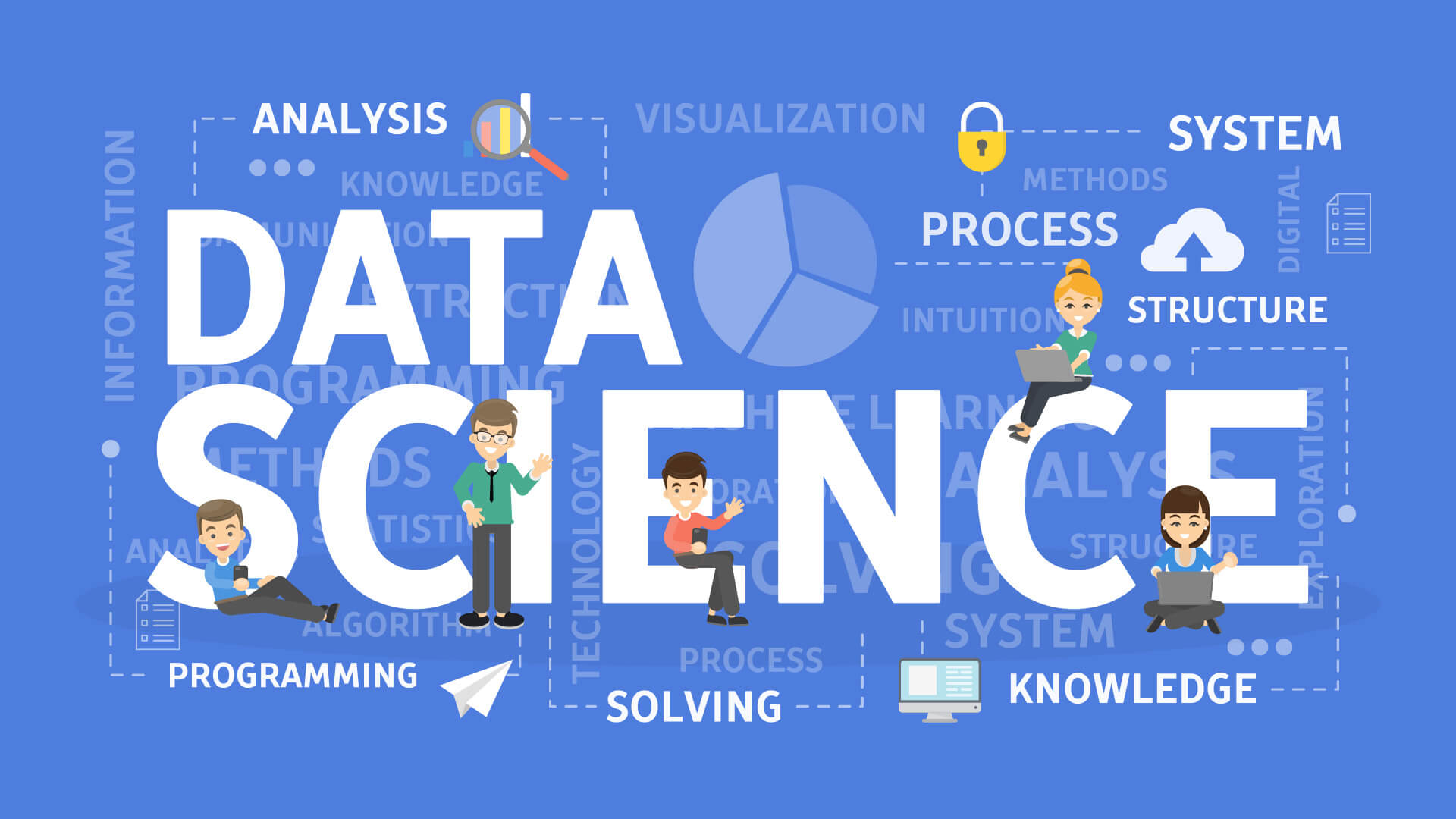
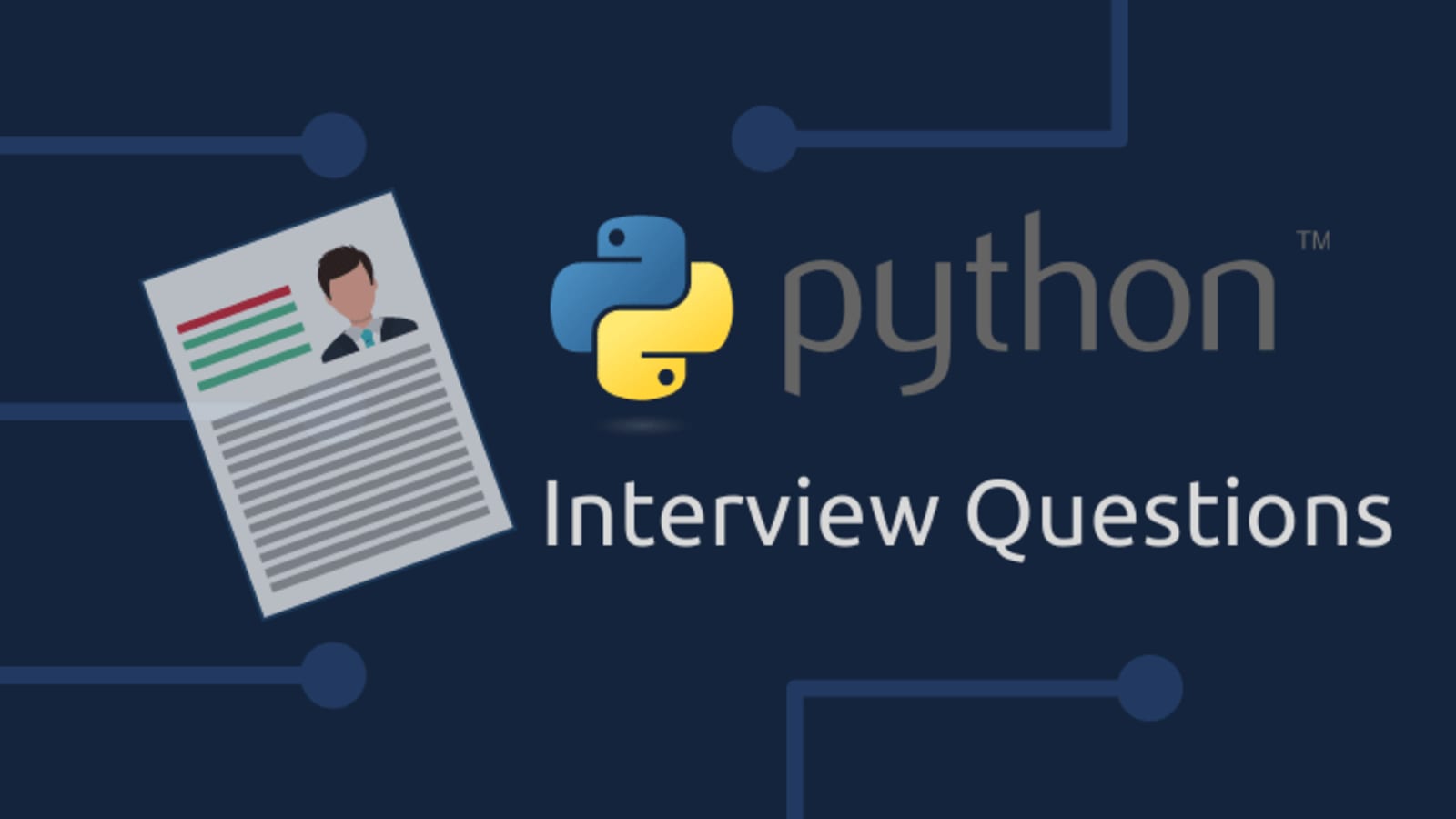

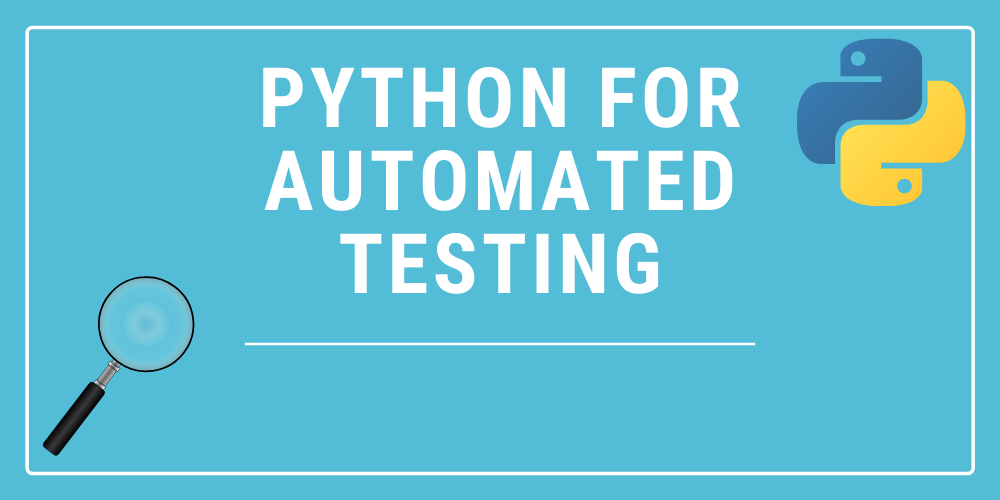

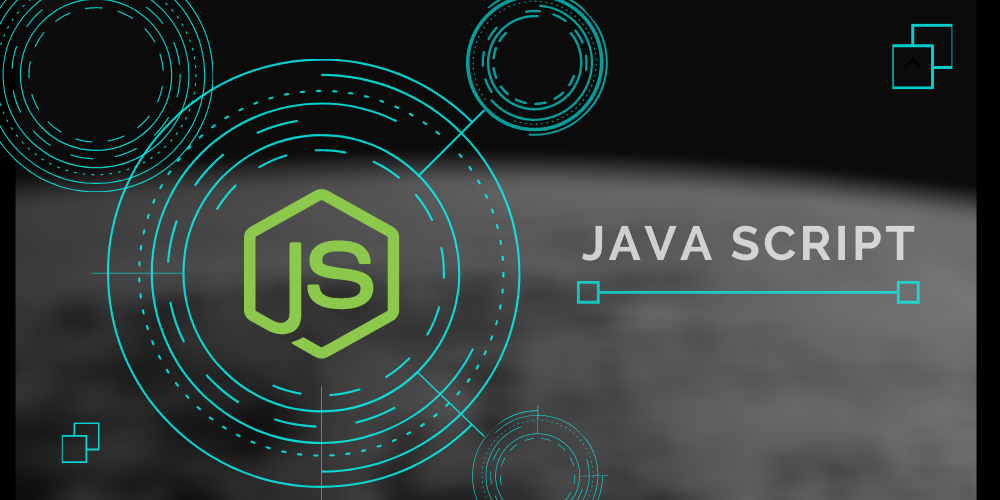
4.png)

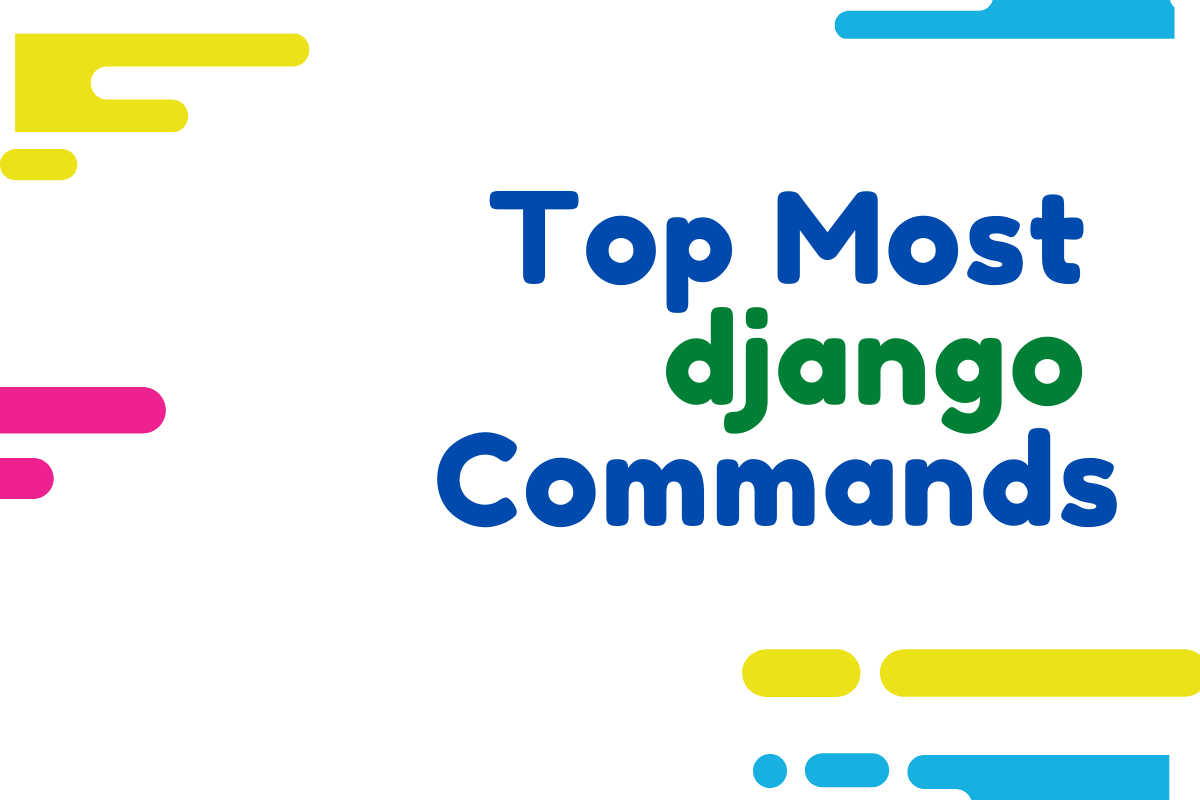


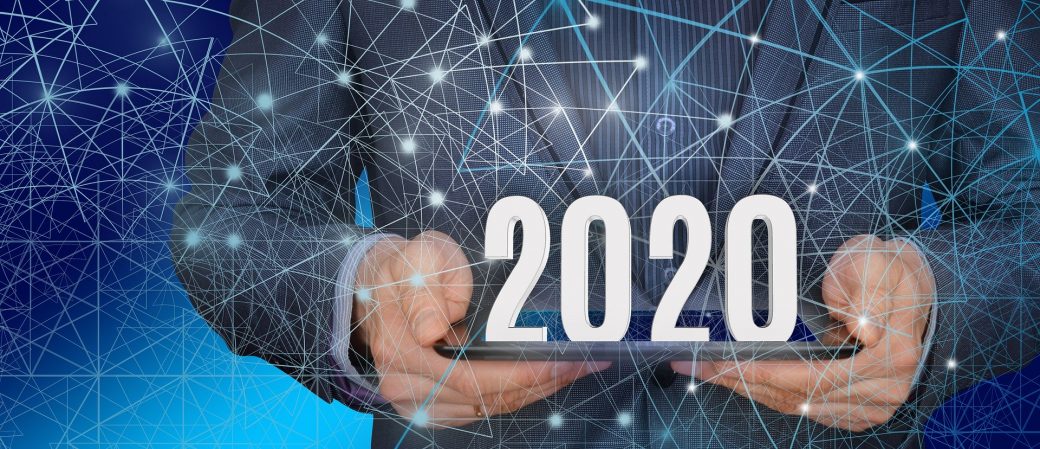
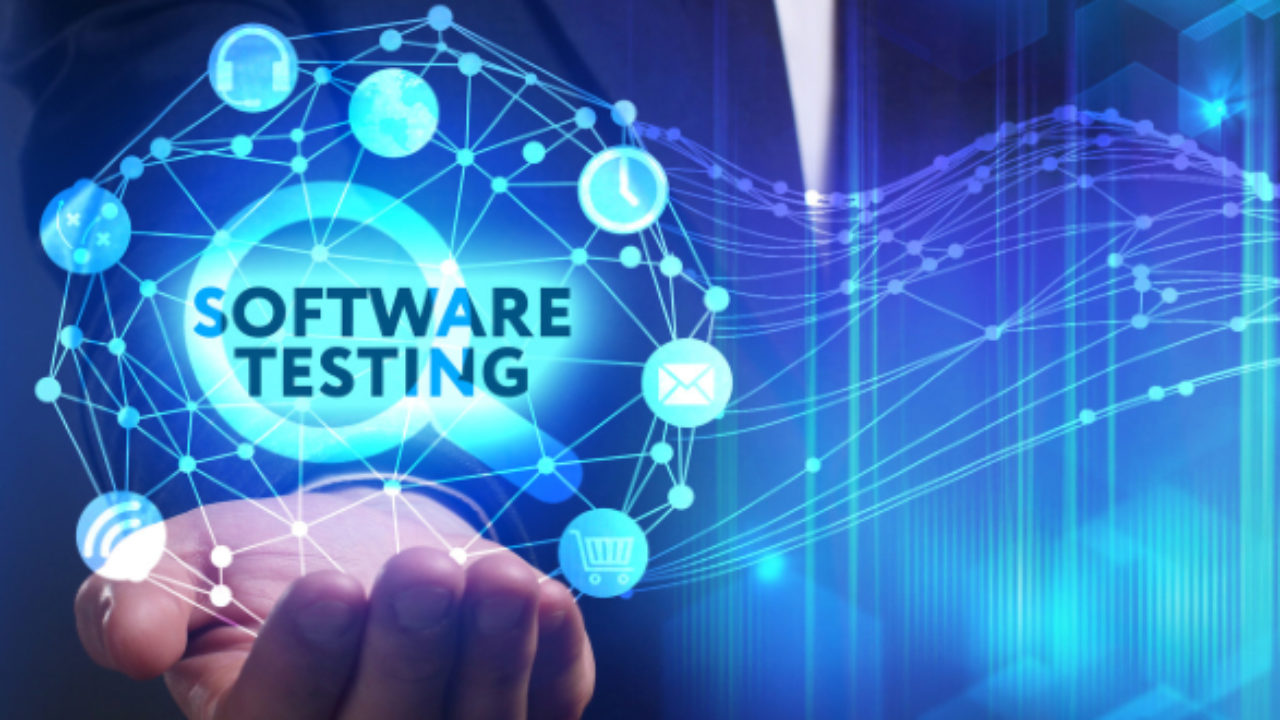
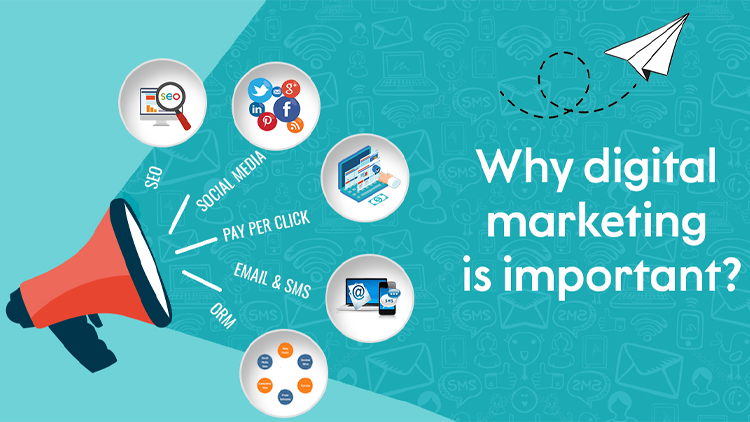


0 Replies to “What Is Cybersecurity ?”
Leave a Reply
Your email address will not be published.